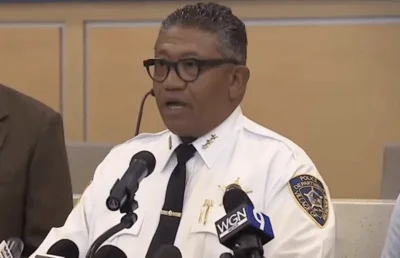Forest Park students | Facebook
Forest Park students | Facebook
The Forest Park School District 91 Board of Education hosted an evening meeting to discuss increased anxiety within its student body due to the COVID-19 pandemic.
“Again, we’ve seen kind of an uprise in different types of behavior, social situations that we need to reteach students because they haven't been in a social setting for a period of time,” Lucia Suarez, a social worker for the school, said during the meeting.
The Centers for Disease Control and Prevention reported that in a survey of 7,705 high school students, 1 in 3 reported experiencing poor mental health.
Behavioral tags in the school district include issues like physical aggression, defiance, disruption, inappropriate language, inappropriate affections, property misuse, weapons, and disrespect. All categories of behavioral issues have both minor and major levels to differentiate the problem. Defiance involves a student refusing to cooperate or follow directions from a teacher.
The American Psychological Association recommended educators establish a universal screening to determine which students may need mental health services.
“A lot of what I (saw) this year is kids ... dealing with more anxiety than anything else, and I feel like that can contribute to coming back to a structured school setting,” Suarez said. “We went from shutting down a school to remote learning full time, so you’re not socializing, you’re not following a routine.
“You don’t have to sit at your desk all day. You could be comfortable to maybe hybrid, maybe still at home to now you’re back full day in a structured setting where you have rules and routines. I think it took a while initially to get students back into the routine of following rules and structure. But a lot of kids came back with (the) anxiety of the fear of being around other students and getting sick.”
Many institutions, such as the University of Illinois at Urbana-Champaign, posted mental health resource webpages.
There are benefits to the normal rotations that happen in non-pandemic times, allowing students to move around, and have classes with different students and teachers. In this way, students could see their friends more if their homeroom did not have their friend group, or get time away from other students that they did not get along with, reducing issues and conflicts.






 Alerts Sign-up
Alerts Sign-up